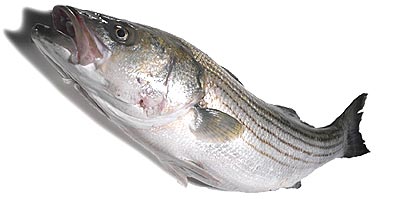


How to Cook & Eat Fish Telling Good Fish from Bad


Skin
A light coating of sea slime, with the consistency of wet snot, says one chef, can help preserve the fish, so don’t be afraid of it.
Eyes
Always buy a fish with the head so you can check the eyes; they should be clear and bulging.
Gills
Ought to be red; anything that looks a little more purple or (gasp) brown is a telltale sign of age.

Scales
If they’re broken, it’s likely a sign of age or having been mishandled.
Flesh
Test the buoyancy by pressing the fish skin firmly—it should spring back: You don’t want to leave a mark.
Smell
The oldest trick. If the fish is cut open, sniff the guts. They ought to smell like the sea; if there’s the slightest whiff of ammonia, forget it.